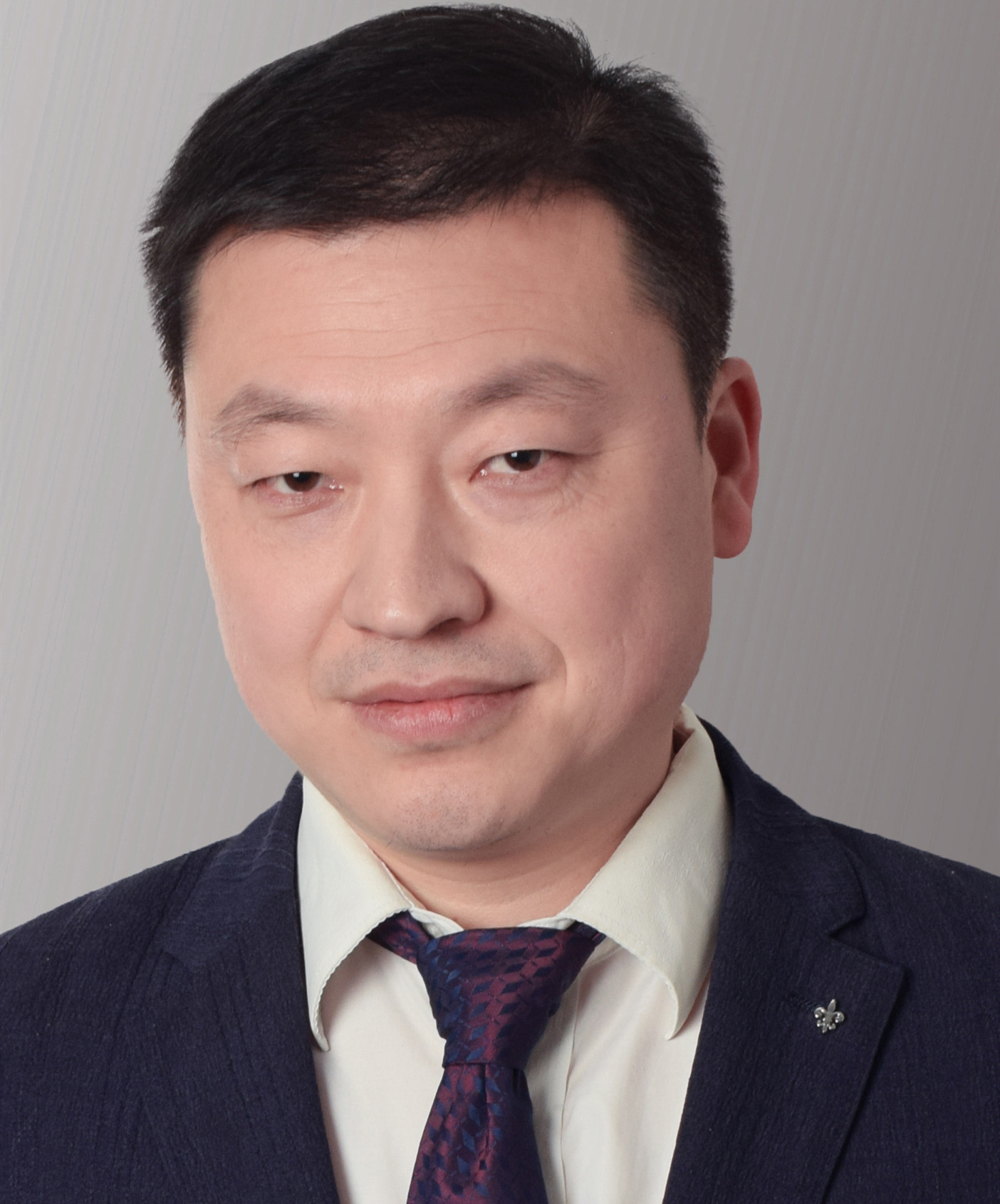| Biography | |
|---|---|
 Prof. Kai Yang Huazhong University of Science and Technology (HUST), China |
|
| Title: New type direct-driving permanent magnet machine and its novel control system | |
| Abstract: Direct-driving permanent magnet machine is the key component of advanced equipment such as construction machinery, power equipment, electric vehicles and intelligent appliances. In the direct drive system, the gear box is no longer required, thus the shaft of the machine is coupled with the load directly. In this case, any torque ripples from the machine will be directly passed to the load. Therefore, for direct drive system, it is vital that the torque quality of the machine be guaranteed. To reach higher torque density and lower torque ripple, a novel axial-radial flux permanent magnet machine (ARFPMM) and its control system are proposed. T-type SMC core, axial rotor, and radial rotor are applied to support axial-radial flux path and make full use of the space. A dimensionality reduction method is proposed to transform the FEA model from 3D to 2D. The error between the proposed 2D model and the standard 3D model is less than 1%, while the calculation time is reduced more than 90%. A new topology of fractional slot concentrated winding (FSCW) with unbalanced phase belt is proposed, which reduces the harmonic magnetomotive force by 76%. The concentration effect and stratification effect of FSCW is first introduced and the influence on short pitch factor is analyzed. The high frequency harmonic magnetomotive force is reduced by optimizing the width of stator tooth. Asymmetric bidirectional skewing technology is proposed to optimize the cogging torque. The cogging torque is reduced by 86% while the average torque is reduced by 0.3%. On the other hand, the torque ripple of the machine is also relevant to the harmonic components of the current. Therefore, the control strategy of such kind of machine is also worth researching. To suppress current harmonics of the machine, a novel ADRC controller combining a complex coefficient extended state observer (CCF-ESO) is proposed. CCF-ESO takes advantage of the orthogonality of d-axis current harmonics and q-axis current harmonics to accurately extract AC disturbance. Then, the current loop ADRC controller based on the CCF-ESO is able to achieve a desired AC disturbance rejection performance. Experimental results shows that the proporsed method can reduce the 6th order harmonics of d- and q-axis by 42%. | |
| Biography: Brief introduction of your research experience: Visiting scholar at the University of Leuven in Belgium and visiting professor at the University of Changwon in Korea. In recent years, he has presided over four National Natural Science Fund projects, two major national science and technology projects, one national support plan, one 863 Project, one provincial fund, one international cooperation project, and more than 40 other school-enterprise cooperation projects. He has published more than 200 papers of the first author in the important academic journals at home and abroad, among which 170 papers are included in Sci/ei. There are 25 patents for invention and 38 patents for utility model. | |
